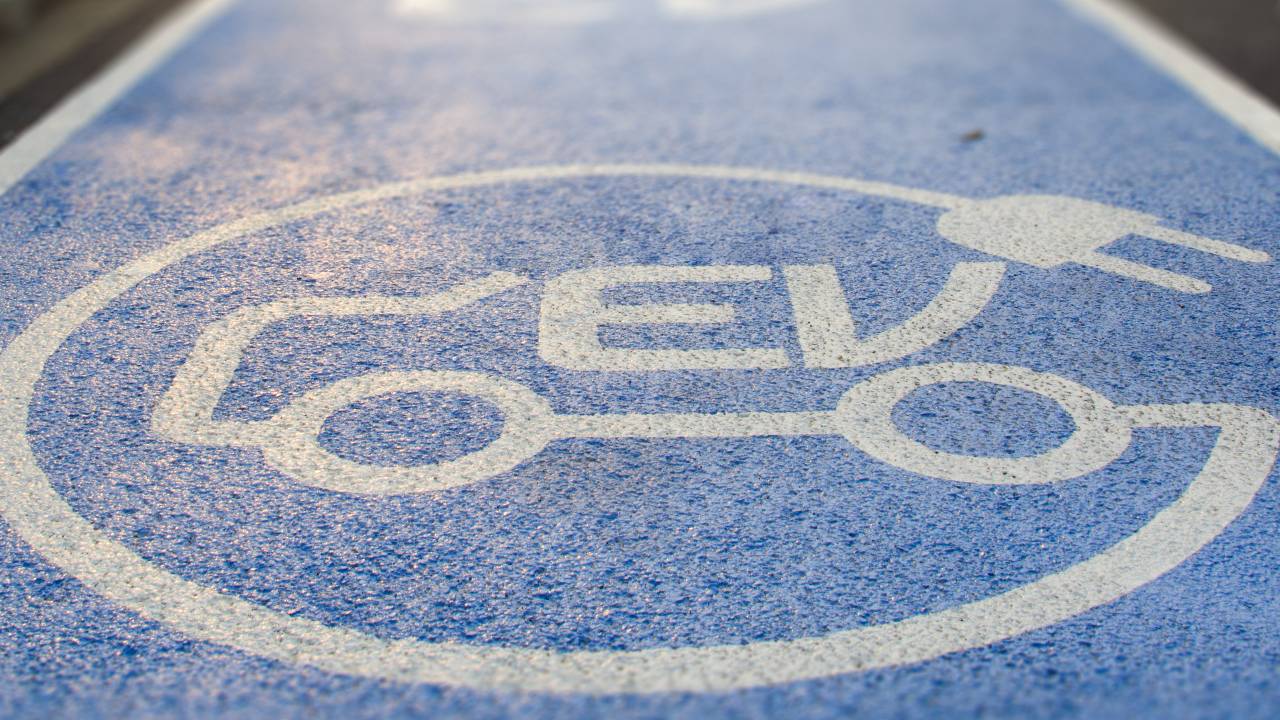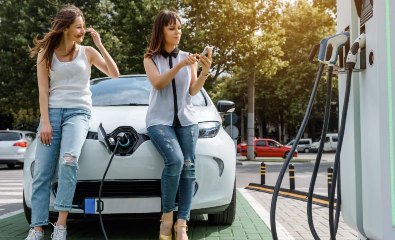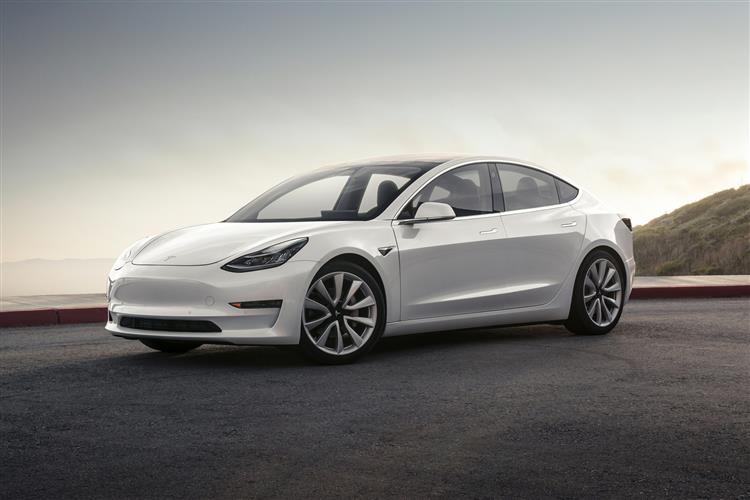If you’re considering an electric car, you’ll have no doubt heard of the term ‘electric range’ – essentially, how far your EV (electric vehicle) will travel on a single charge. Understanding a car’s electric range is one of the most important things to consider when choosing an EV.
In this guide, we’ll explain what EV range is, how far electric cars can go on average and how range is calculated.
Electric Car Range Comparison Contents
- What Is Electric Range?
- How Is EV Range Tested And What Is WLTP?
- How Far Can An Electric Car Go?
- What Impacts Electric Car Range?
What Is Electric Range?
Range is a term used to describe how many miles an electric or hybrid car can travel on a single charge.
Although it may seem unfamiliar, petrol and diesel cars have a range too – it’s simply how far you can travel before you need to refuel.
How Is EV Range Tested And What Is WLTP?
WLTP stands for Worldwide Harmonised Light Vehicle Test Procedure. It is the test set out by European regulators to work out the fuel efficiency of a car that manufacturers selling here have to abide by.
The WLTP test was introduced in 2017 with a simple ambition: to make car fuel efficiency and electric vehicle range estimates more accurate and more representative of real-world driving.
The test forces manufacturers to carry out several more intensive and realistic processes, which means they can provide you with estimates of range and battery use closer to the performance you might find on the roads of Britain.
Compared to the old NEDC test that had been around since the 1990s, the WLTP tests cars:
1. At a higher maximum speed to mimic motorway and dual carriageway driving.
2. Over longer test routes to give more data.
3. With a better balance between urban and non-urban driving.
4. At temperatures closer to European averages, which gives more realistic battery performance.
5. With more dynamic acceleration and braking, which can both affect your battery consumption.
But even with a more accurate estimate of range via WLTP, it is essential to note that it is just an estimate. While WLTP tests are closer to what you will experience as an electric car driver, there is still a gap between quoted WLTP figures and the range people can get during what you might consider normal day-to-day use.
How Far Can An Electric Car Go?
So now we know how electric range tested, just how far can electric cars go?
Gone are the days when an electric car would struggle to get 100 miles of range from a single charge. Instead, as battery technology has improved – and the cost of manufacturing batteries has fallen – car makers have been able to squeeze more and more range from the rows and rows of lithium-ion cells that push your EV down the road.
Increasingly, manufacturers are talking about electric cars with a single-charge range well in excess of 300 miles. And some are beginning to make noises about vehicles that will come to market over the next couple of years with a range of beyond 600 miles for every charge.
According to data from the SMMT, EVs in the UK have an average range of 257 miles. However, range will vary depending on the electric car you choose, as well as external driving conditions.
The Mercedes-Benz EQS, Tesla Model S and BMW iX xDrive50 have some of the longest electric car ranges. You can find out more in our guide to electric cars with the longest range.
What Impacts Electric Car Range?
How you drive your EV will impact how many miles your electric car can go. Factors that can impact electric car range include:
-
Travelling at high speed.
-
Windy conditions, specifically headwinds.
-
How much weight your vehicle is carrying.
-
Tyre traction.
-
Excessive external temperatures (both hot and cold weather).
-
Using the internal heaters or air conditioning.
-
Battery degradation over time.
The above factors either cause the electric motors to work harder, and therefore become less efficient, or impact battery performance.
Whether you look at WLTP projections or 'real-world' range, the new breed of EVs have moved the game on significantly from the early versions that paved the way. From city cars with a range of 150 miles to long-distance cruisers that can go twice that distance on a single charge, there is now an electric car to suit every taste.
Plus, as the number of EV charging points continue to grow and faster charging becomes more available, topping up your car’s charge during your journey is more convenient than ever before.
So whatever you're looking for, head to our electric car lease deals to see the amazing offers available right now. Or you can find out more about charging times and EV charging costs in our helpful guides.




